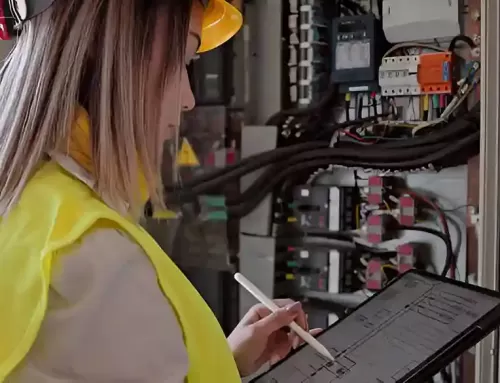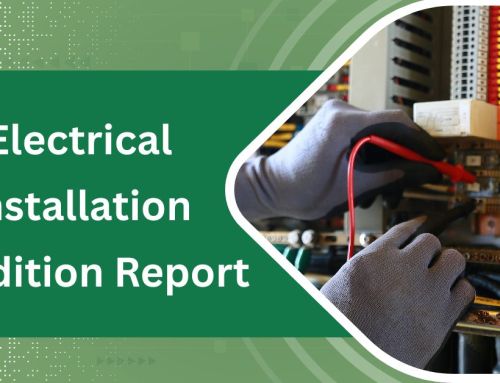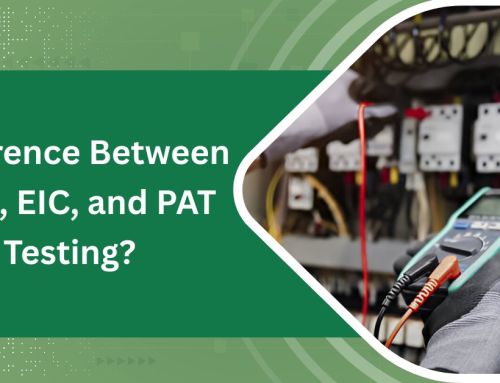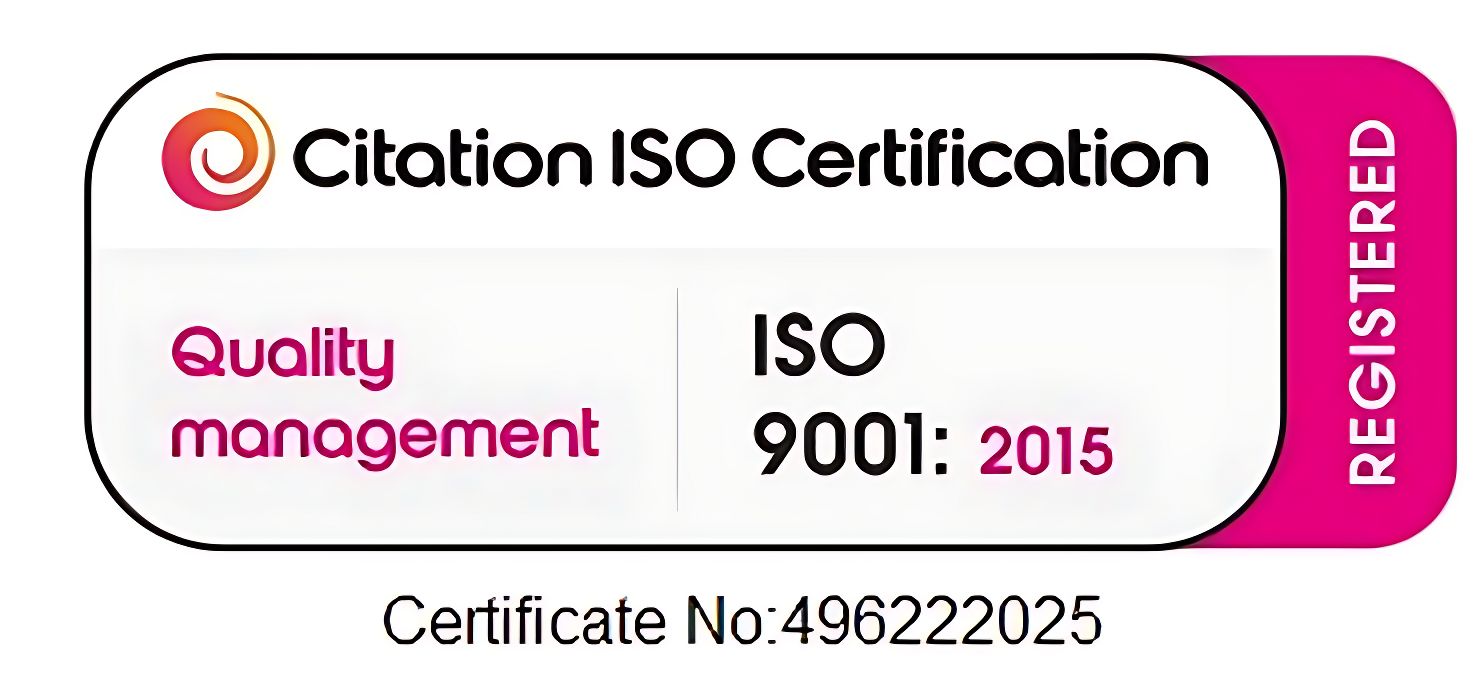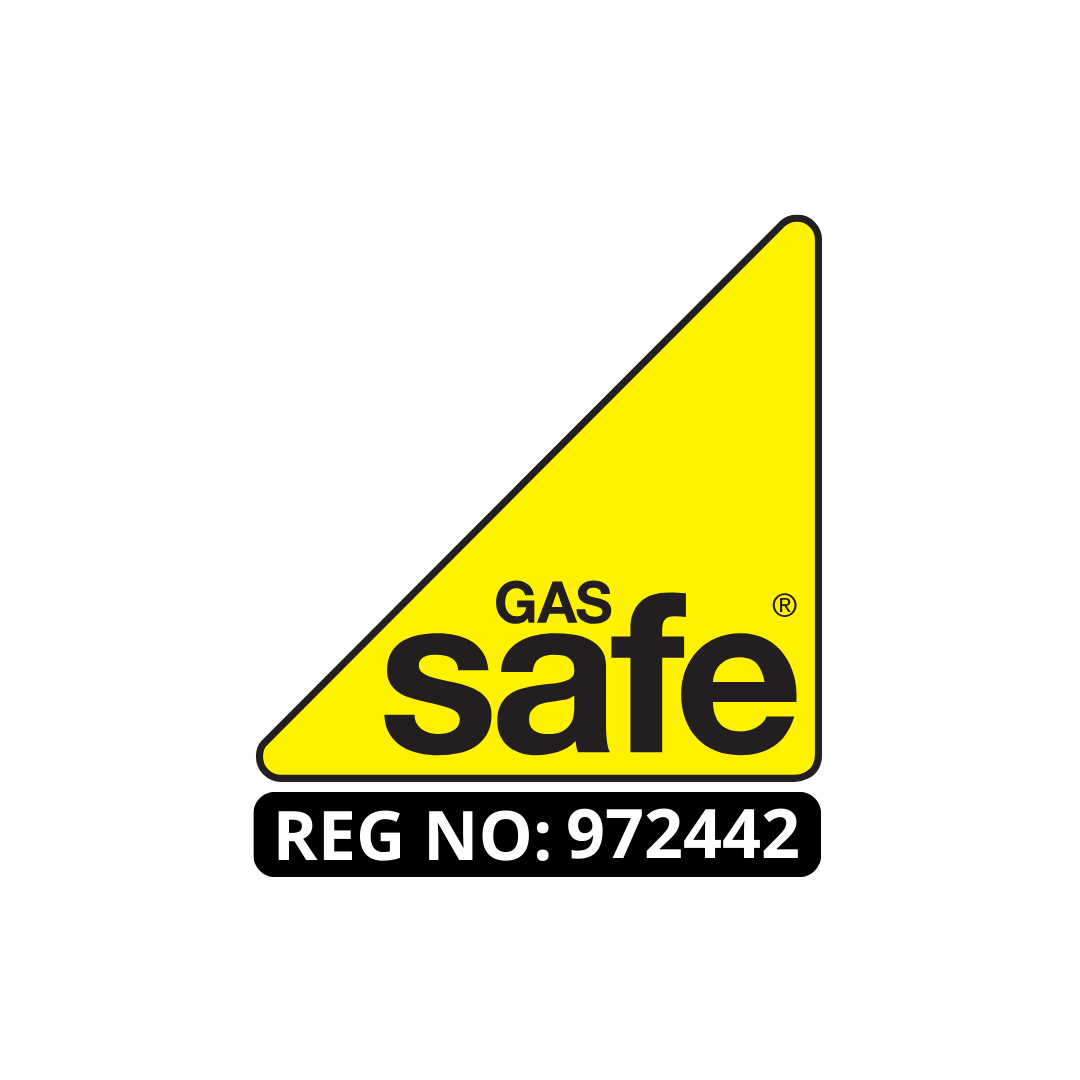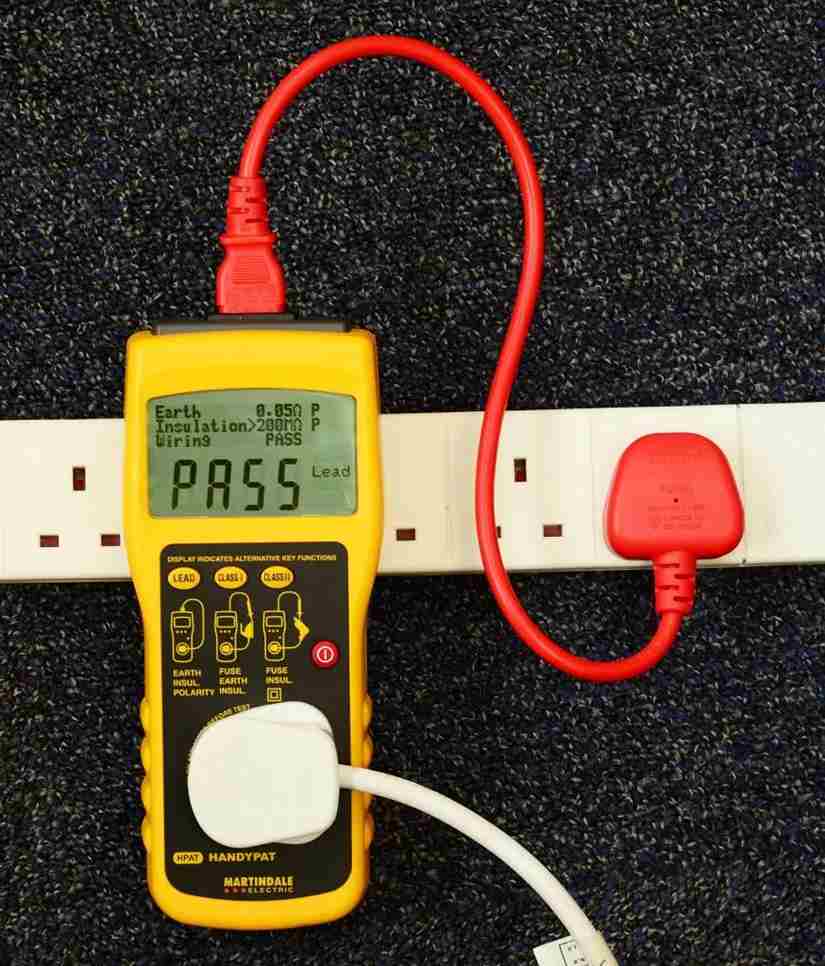
The PAT certificate serves as an essential assurance of safety and compliance for electrical appliances. Understanding the importance of this certificate is imperative for landlords and businesses alike. However, many may not be aware of the process to obtain one or the consequences of neglecting it. Exploring these aspects can shed light on a significant responsibility many overlook.
Understanding the PAT Certificate
The certificate, or Portable Appliance Testing certificate, serves as an indispensable document in ensuring electrical safety. It provides verification that electrical appliances have been tested and meet safety standards. Conducted by a qualified technician, the testing process evaluates the condition of appliances, identifying any faults that may pose risks of electric shock or fire hazards.
The PAT certificate plays a key role for businesses and workplaces by showing compliance with safety regulations. How often appliances need to be tested is determined by their category and usage frequency.
In many cases, the absence of a valid PAT certificate can lead to liability issues in the event of an accident. Thus, understanding the importance of this certificate not only promotes a safer environment but also underscores the commitment to responsible management of electrical equipment.
What Does a PAT Certificate Mean?
A PAT signifies that an electrical appliance has undergone rigorous testing to guarantee its safety and functionality. This document is issued following a series of inspections and tests performed. Once an appliance passes these tests, the certificate serves as official proof of compliance, indicating that the device is safe for use. It helps to instil confidence in both users and employers, promoting a culture of safety in workplaces and homes.
Additionally, the certificate can play an important role in demonstrating adherence to regulatory requirements during inspections. Overall, a PAT is vital for identifying appliances that have been verified for safety, thereby contributing to the prevention of electrical hazards.
The Role of PAT Certificates in Workplace Safety and Compliance
While many may underestimate the importance of safety certifications, a PAT certificate plays an essential role in guaranteeing both safety and compliance for electrical appliances. This certification not only protects users from potential hazards but also helps businesses adhere to legal requirements. A valid PAT certificate signifies that the equipment has undergone rigorous testing, reducing the risk of electrical faults.
| Aspect | Importance | Outcome |
|---|---|---|
| User Safety | Minimises electrical hazards | Protects consumers from injuries |
| Legal Compliance | Meets regulatory standards | Avoids fines and legal issues |
| Equipment Reliability | Guarantees proper functioning | Reduces downtime and maintenance costs |
| Insurance Coverage | Validates safety measures | Facilitates claims in case of incidents |
| Reputation | Enhances brand trust | Attracts more customers |
The PAT Testing Process Explained
The process begins with a visual inspection of the equipment, where the tester checks for any visible damage or wear that could pose a risk.
Following this, the appliance undergoes a series of electrical tests using specialised equipment to measure parameters such as insulation resistance, earth continuity, and functional operation.
If an appliance fails, it must be repaired or replaced before it can be retested. Pass results lead to the issuance of a PAT, confirming compliance with safety standards.
Businesses should schedule tests according to their specific requirements, taking into account the frequency of use and the environment in which the appliances operate.
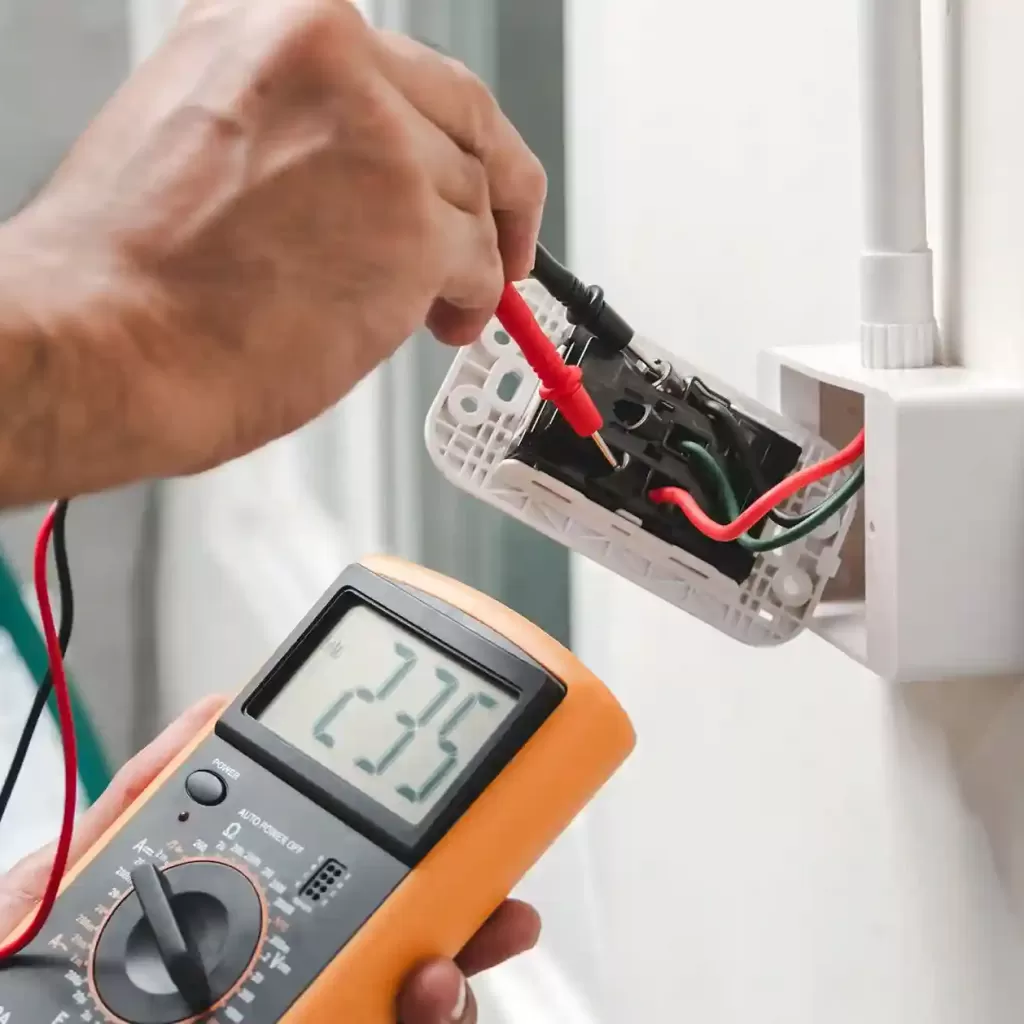
Average Price Range for a PAT Certificate
Costs associated with obtaining a certificate can vary widely, typically ranging from £50 to £150 per appliance, depending on factors such as the complexity of the equipment and the service provider chosen.
The pricing can reflect the level of expertise required for testing and the potential for additional services, such as detailed reports or follow-up consultations.
For businesses with a larger number of appliances, bulk pricing may be available, offering cost savings.
Organisations need to evaluate the long-term benefits of compliance and safety when examining these costs.
While the initial expenditure can be significant, ensuring that electrical equipment is safe for use can prevent accidents and costly liabilities in the future.
As a result, understanding the average price range helps businesses budget appropriately while prioritising the safety of their employees and customers.
PAT Certificate Costs and Factors That Influence Pricing
The price of obtaining a certificate is influenced by several factors beyond the basic costs associated with testing individual appliances. First, the complexity and quantity of equipment being tested play a significant role; businesses with numerous or specialised devices may incur higher costs.
Additionally, the reputation and experience of the testing service provider can impact pricing, as established companies often charge more for their expertise. Geographic location is another consideration, with urban areas typically seeing higher rates due to increased operational expenses.
Moreover, the frequency of testing required, whether annually or biannually, can affect overall costs, as more regular assessments lead to greater cumulative expenses. Finally, any additional services offered, such as detailed reporting or on-site consultations, may also influence the final price of obtaining a PAT certificate.
Understanding these factors can help businesses budget effectively for their compliance needs.
Factors That Affect PAT Renewal Frequency
While various factors influence the frequency of PAT renewal, the type of equipment being used is a significant determinant. Different categories of equipment have varying risks associated with their usage, which directly impacts how often they should be tested.
The following table summarises key factors affecting PAT renewal frequency:
| Factor | Impact on Renewal Frequency |
|---|---|
| Equipment Type | High-risk equipment needs more frequent testing. |
| Usage Frequency | Equipment used daily requires more regular checks. |
| Environmental Conditions | Harsh environments necessitate increased testing. |
| Age of Equipment | Older equipment may need more frequent assessments. |
| Regulatory Compliance | Different regulations may dictate varied renewal schedules. |
Benefits of Having a PAT Certificate for Landlords and Employers
Obtaining a certificate offers significant advantages for landlords and employers, particularly regarding safety and compliance.
This certification not only demonstrates a commitment to maintaining electrical safety standards but also provides peace of mind for both parties involved.
- Enhanced Safety: Regular checks reduce the risk of electrical hazards, protecting tenants and employees alike.
- Legal Compliance: A PAT certificate helps guarantee adherence to local regulations, minimising potential legal issues.
- Insurance Benefits: Having a valid certificate may lower insurance premiums, as it indicates proactive risk management.
- Increased Trust: Displaying a PAT certificate fosters confidence among tenants and employees, showcasing a dedication to their well-being.
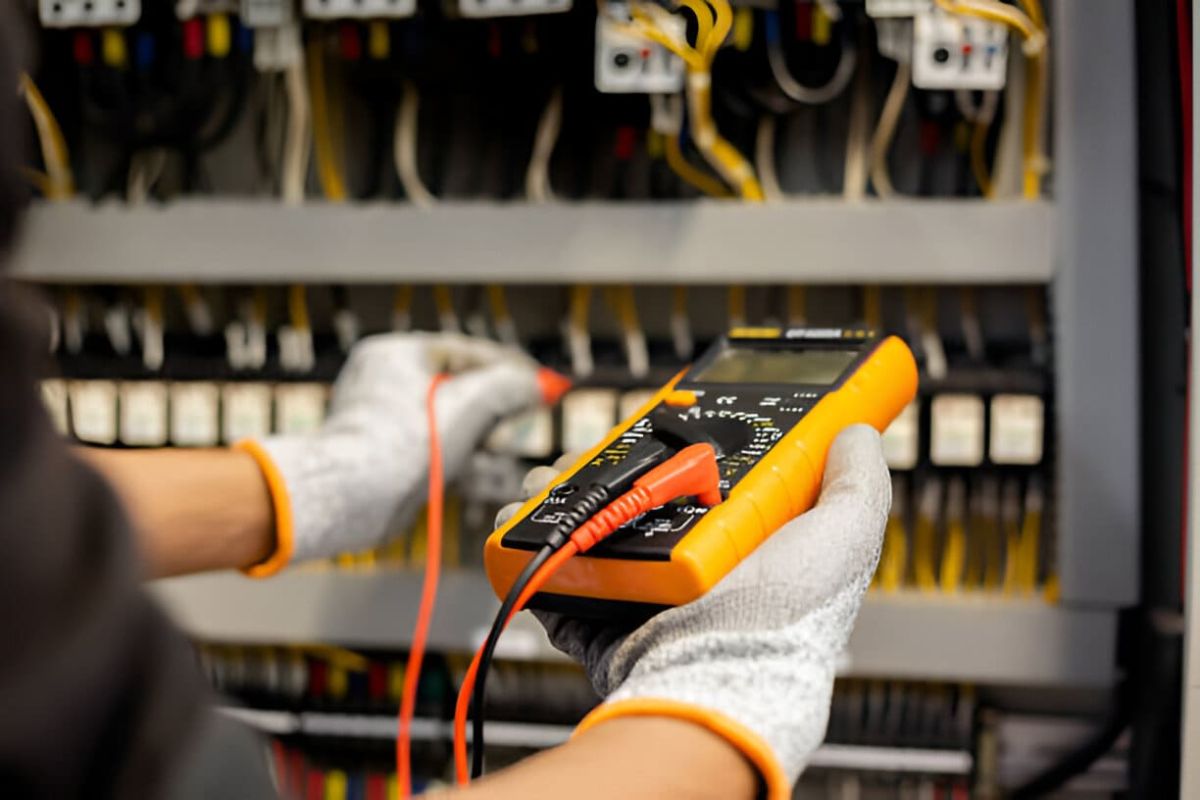
PAT Certificate for Rental Properties and HMOs
Guaranteeing electrical safety in rental properties and Houses in Multiple Occupation (HMOs) is vital, as it protects both tenants and landlords from potential hazards.
It verifies that electrical appliances within a rental property have been tested for safety and are compliant with regulations.
Landlords are responsible for guaranteeing that all electrical equipment provided to tenants is safe to use.
In HMOs, where multiple tenants reside, the risk of electrical incidents increases, making it even more important to obtain a PAT certificate.
Regular testing not only minimises risks but also enhances tenant confidence in their living environment.
Furthermore, having a valid PAT certificate can serve as a protective measure for landlords against liability claims.
As a result, landlords and property managers should prioritise obtaining and maintaining PAT certifications to guarantee a safe and compliant rental atmosphere.
What Happens If You Don’t Have a Valid PAT Certificate?
Failing to secure a valid PAT certificate can lead to significant consequences for landlords and property managers.
Without this essential documentation, they risk facing severe legal and financial repercussions that can jeopardise their business operations.
- Increased Liability: In the event of an electrical accident, landlords may find themselves liable for damages and injuries.
- Insurance Issues: Insurance claims may be denied if a valid PAT certificate is not presented, leading to costly repairs.
Conclusion
In summary, a PAT certificate is an important document that guarantees the safety and compliance of electrical appliances. By undergoing rigorous testing, it protects landlords and businesses from potential liabilities while fostering consumer trust. Understanding the PAT testing process, associated costs, and renewal factors is crucial for maintaining safety standards. Ultimately, obtaining a PAT certificate is not just a Legal requirement, but a commitment to creating a safe environment for tenants and employees alike.
About the Author: Atia Amin
Related Posts
Get Social
Recent Posts
- Fuse Box Installation: Everything Homeowners Need to Know Before Getting Started
- EICR Certificate London: Understanding Your Legal Duty as an Owner
- Behind the Scenes of a Gas Safety Certificate London Inspection in Homes
- The Role of Fire Alarm Installation in Building Safety
- How Often Should a Fire Risk Assessment Be Reviewed?


